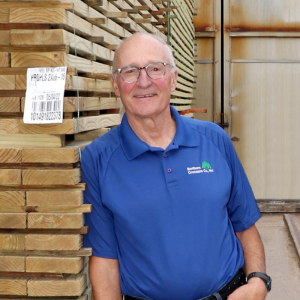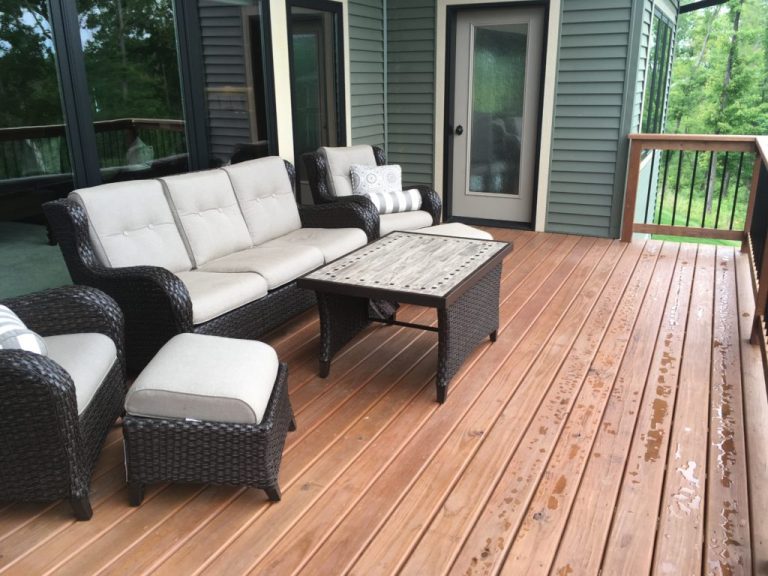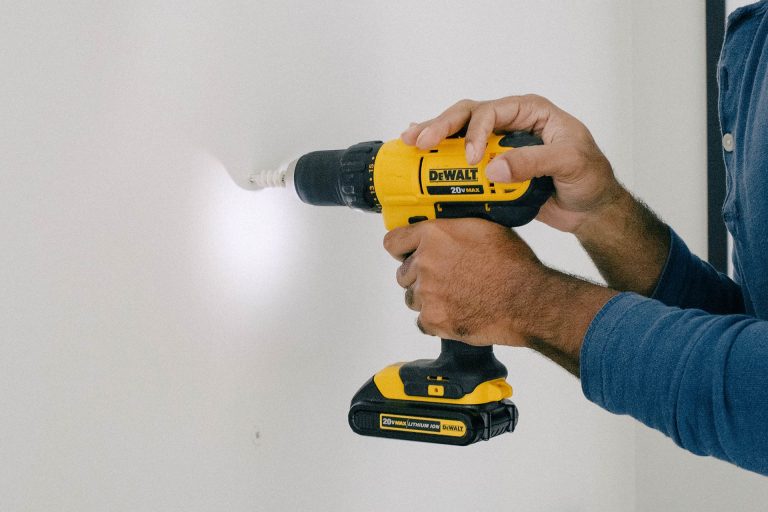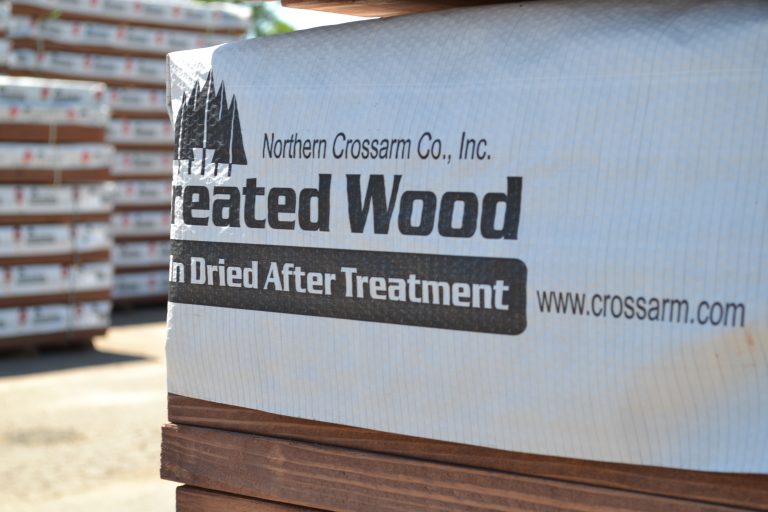What if you could minimize the short- and long-term problems associated with wet/green treated decking for less than $200?
And no, I’m not talking about stains, sealers or miracle composite products – I’m talking about something substantial, structural and a necessary part of every, single deck build.
But first, let me ask you…Have you ever had to deal with any of these problems associated with Wet/Green Treated Wood?
- Framing composite or wood decking substructure with wet, heavy green pressure treated wood.
- Customer concerned about the quality of your work, not knowing to expect a certain amount of shrinking, cupping, twisting with wet, green-treated lumber.
- Customer wants to paint or stain their deck immediately, but must wait for the wet-green treated lumber to dry before sealing, painting or staining.
- Decking warp or waves caused by the shrinking of your wet/green treated substructure.
If any of these sound like you, let me ask you.
Have you ever used KDAT (Kiln Dried After Treatment) Pressure Treated Wood?



Kiln Dried After Treatment (KDAT) lumber is recommended as a preferred, stable structure for frames, joists and everything that goes below a deck. Yet, 90%+ of all decks are still built with wet/green treated lumber. Here are the 8 reasons why deck Deck Builders don’t use KDAT wood.
#1 – Local Competition & Bidding For Projects
- Deck builders know about the benefits of KDAT, but don’t want to risk losing a project based on a slight 10-20% upcharge in cost for product to a competitive deck builder, or homeowner doesn’t want the added cost.
#2 – Limited KDAT Availability At Local Lumberyards
- Deck builder knows about the benefits of KDAT, but doesn’t have access to a local supply of KDAT at their supplier/yard, so opts for the readily available Green/Wet Treated.
#3 – Has Always Done Things “A Certain Way.”
- Deck builder has done things a certain way (green/wet treated), and they have easy access to green/wet supply at their local yard.
#4 – Prefers More Expensive Substructure Like Steel
- Deck builder recommends alternative steel framing as decking substructure, as it offers a solution different than pressure treated wood, but normally costs much more.
#5 – Has Never Heard of KDAT (Kiln Dried After Treatment) Wood
- Deck builder doesn’t even know about KDAT, as it’s not as common as green/wet wood.
#6 – Homeowner Never Asks For KDAT Specifically
- Deck builders love to please their customers. They want good reviews, repeat business, and genuinely want every homeowner to be happy with their new deck. However, that also means that they’ll do just about anything a homeowner requests, and they’ll make it happen. If homeowners don’t ask them to use KDAT for their composite decks, a builder will just go with common green/pressure treated that’s readily available and the customer expects.
#7 – Used Poor Quality KDAT In The Past.
- There’s a chance your deck builder has used KDAT in the past, but the product didn’t perform as expected. Quality of product is determined by the manufacturer’s experience of kiln drying wood.
#8 – Does Not Like End Splits in Deck Boards
- The biggest complaint about KDAT is that it can sometimes split at the ends, on deck boards for example. This is easily avoidable. Deck builder needs to pre-drill holes for deck screws. It’s a simple, easy solution, but an extra step that some builders aren’t willing to take, particularly inexperienced builders that have never worked with the product.
Why You Should Use KDAT (Kiln Dried After Treatment) Wood for Composite Deck Framing & Substructures
KDAT (Kiln Dried After Treatment) wood is still pressure treated for rot- and fungal-resistance with one big difference – after the wood is pressure treated, the moisture/chemical is removed to bring the board as close as possible to its original size.
Why does this matter?
Since wood naturally expels moisture over time, the board tends to warp, cup, twist, check etc., And if you’re using green treated wood? You have no idea what that board is going to look like as it dries.
By Kiln Drying that same board, you know what a board is going to do. If it warps after drying? It gets culled, and never makes it onto a truck. After up to 80% moisture is removed, you can feel confident and know what to expect -the KDAT wood you’re working with is going to look exactly like it does at and after install.
Why is this important for Deck Framing & Substructure
Deck stability is the most important part of a deck for lasting performance, yet it’s given the least amount of thought. As builders have become accustomed to the availability and ease of working with green treated wood, many don’t even consider that there’s a better option.
Unlike green pressure treated wood, KDAT wood has already undergone the drying process, which leads to minimized warps, cups and twists. Most importantly? It is nationally recognized as a more stable substructure to both wood and composite decking.
To learn more about Brown KDAT wood, and where you can find KDAT for your next deck project, give Northern Crossarm a call at 715-423-4100 or email sales@crossarm.com.
Northern Crossarm is Wisconsin’s largest KDAT wood treater. Based in Chippewa Falls, Wisconsin, we are a third-generation, family-run operation serving hundreds of yards across the United States. We specialize in KDAT Brown, our flagship KDAT product, prefinished in rich brown, which means there’s no need to paint or stain. Just seal your brand-new KDAT deck, and you’ll have the look and lasting performance you desire without the wait.
